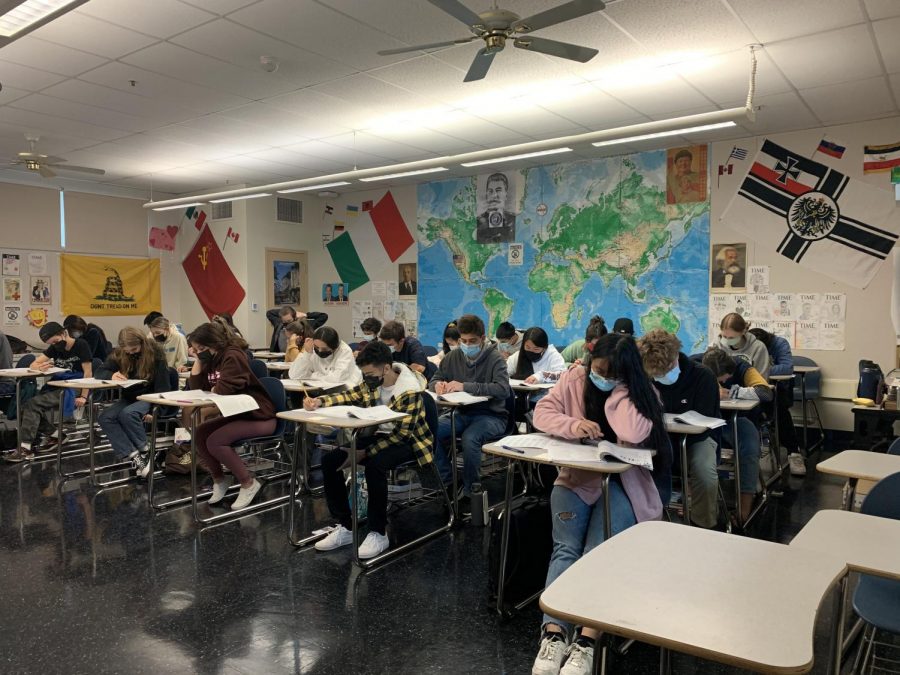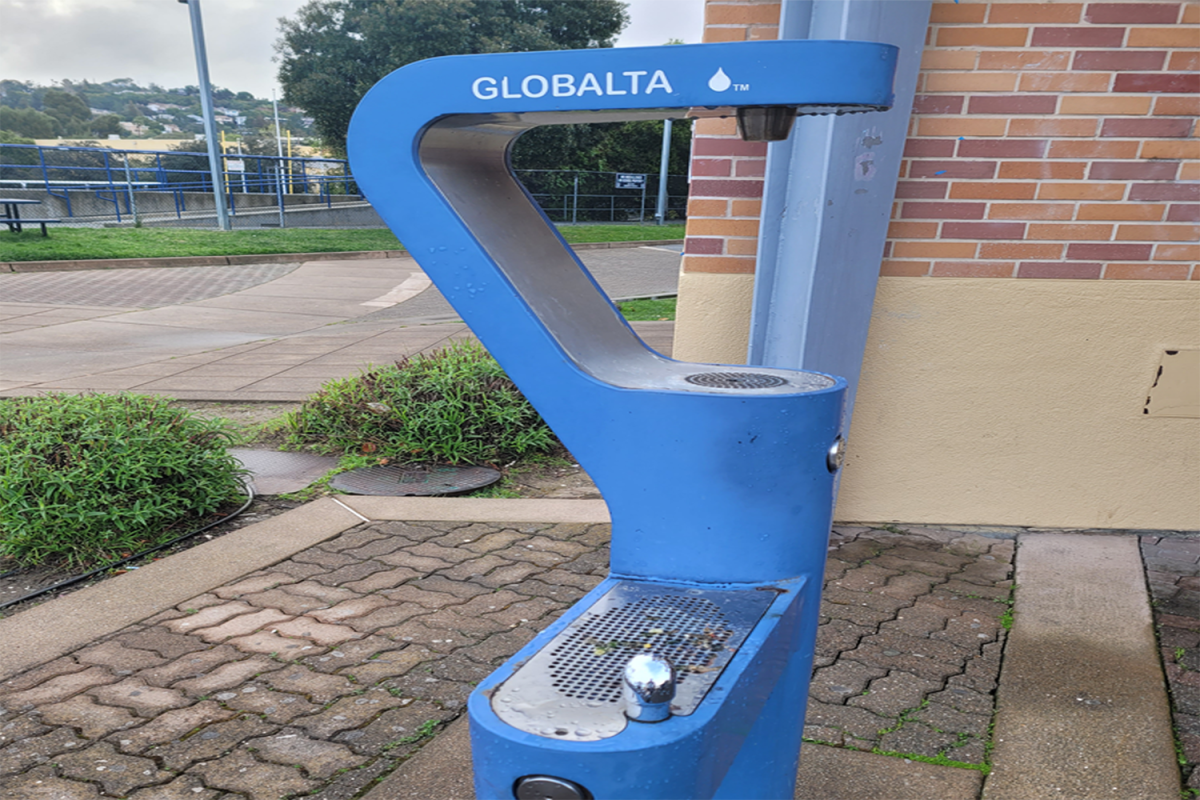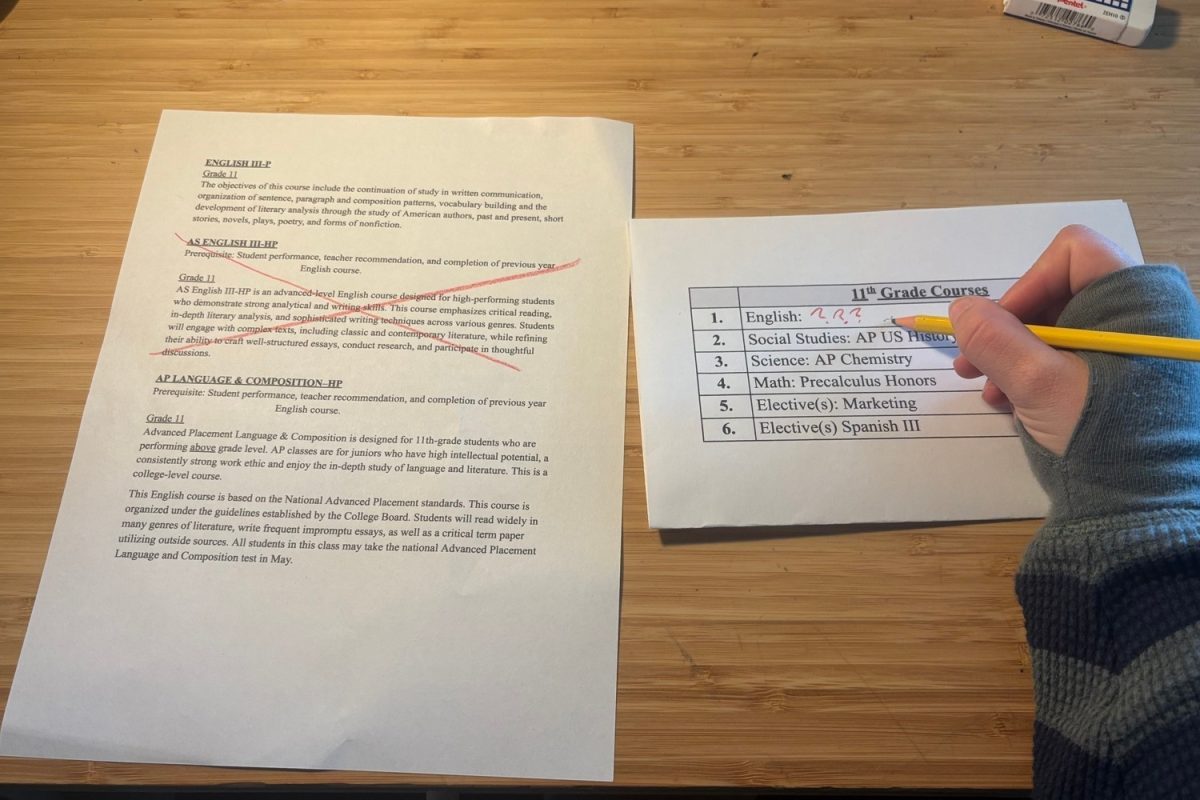Carlmont High School has required juniors to attend the nationally administered Preliminary Scholastic Aptitude Test (PSAT) for many years. However, this year’s test on Oct. 13 is different.
Juniors this year were given the option to withdraw from the PSAT. Despite this, the PSAT is a valuable opportunity for students to learn and succeed in high school all the way through college.
“Students should take the PSAT because it can do a great job giving you feedback on your strengths and weaknesses,” said Andrew Ramroth, an AVID and AP Calculus BC teacher at Carlmont High School. “When students look at their results or reflect on their experience taking the exam, they can see where they have areas for growth.”
The PSAT is a slightly shorter, easier version of the Scholastic Aptitude Test (SAT) — a standardized exam essential to the college application process since the early 20th century. College Board offers the PSAT for nationwide school administration on one of three dates in October each year.
“For me, the PSAT is great practice for taking the actual SAT,” said Taran Tummala, a Carlmont junior taking the PSAT.
Tummala and many other juniors at Carlmont are planning to take the SAT later in the year. The test scores are not included in the college application process, making it the perfect opportunity to expose students to the experience and difficulty of the future SAT. Carlmont students even get to take the exam free of charge, courtesy of the Carlmont Academics Foundation (CAF). Although the PSAT serves as a trial run for many students, it can still be worth aiming for a high score.
“There is still a point in trying to do well on the PSAT because of the National Merit Scholarship,” said Hannah Jin, a junior at Carlmont who has already taken the SAT.

The PSAT is also known as the National Merit Scholarship Qualifying Test (NMSQT). Students who achieve perfect or near-perfect scores have a chance of earning a $2,500 National Merit Scholarship in an additional application process.
The requirements are challenging and selective. Only 3% of Carlmont juniors taking the test qualify for the scholarship, and just 0.6% go on to receive it, according to emails from Carlmont staff Nina Rasor and Gay Buckland. This selectiveness, however, is what makes the scholarship so appealing to students and colleges.
Despite the apparent prevalence of the PSAT and SAT, there has been general discontent surrounding the validity of the tests.
“The PSAT and SAT are important; however, they are inaccurate evaluations of students for college,” Jin said. “Things like stress and the testing environment change how students perform.”
A high score on the SAT is often interpreted as a critical component of the college application. The pressure of excelling on these tests often impacts results, but the material itself is also challenging.
“One downside of your PSAT feedback is separating your academic attributes from your ability to go through the exam quickly,” Ramroth said. “This speed component is a way of creating a spread out distribution of students, but I’m not sure going through the material at a fast pace is all that great of an indicator of your skills as a thinker and learner.”
To evaluate all college applicants equally, the SAT is not structured to assess the ability to comprehend or learn the material but rather critical thinking. The timed-exam-taking skills are not regularly taught in traditional classes, meaning all students must work for a good score.
For the next few years, many colleges and universities have decided to make tests optional for applications, and some, such as the University of California and California State University systems, have completely removed testing from the review process, leaving Carlmont students conflicted.
Despite the changing situation around the exam, the SAT currently remains an important part of the college admissions process for students.
“You’ll make your final college decision in May of your senior year,” Ramroth said. “So setting yourself on a course of not taking the SAT early on in sophomore or junior year may limit good options for you down the road.”
At the same time that the SAT might be integral to some colleges’ application processes, taking the test does not mean that applicants must submit their scores to schools that are test-optional or blind. And, aside from the practice for the SAT and scholarship opportunities, the PSAT also stands as a valuable learning tool.
“Regardless of the path you take after high school, it is advantageous to be a critical reader, thinker, and problem-solver,” Ramroth said.























